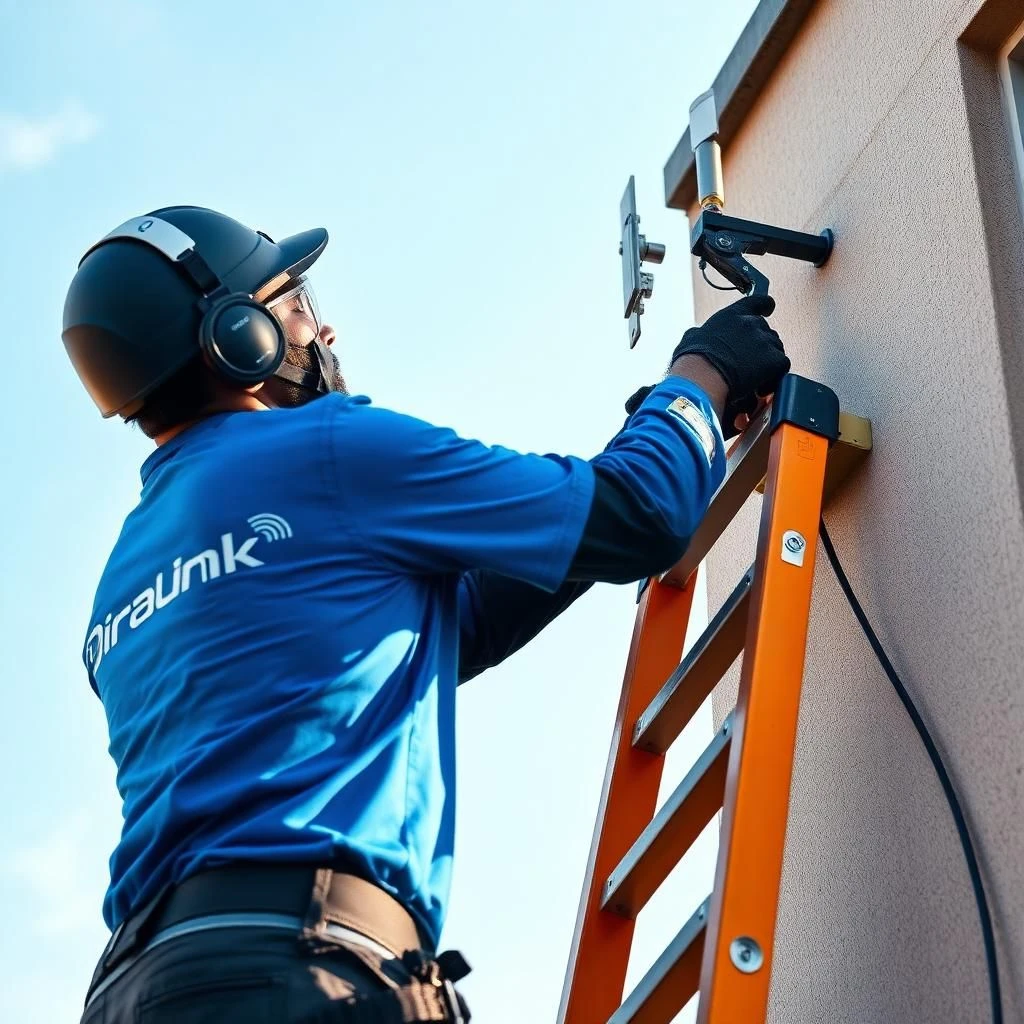How Diralink Enables ISPs to Automate Operations and Reduce OPEX
See the workflows Diralink automates out of the box and how our internet and hotspot billing system trims recurring operational costs for fast-growing providers.

ISPs are under constant pressure to grow subscriber counts while squeezing margins. Manual reconciliations, truck rolls, and firefighting consume the same teams that should be planning the next expansion. Diralink replaces fragmented tools with an automation fabric and a best-in-class internet billing system that keeps revenue and network uptime on track.
Where OPEX Bloats for Service Providers
Most ISPs manage subscriber provisioning, collections, and incident response in silos. Billing clerks rely on spreadsheets, engineers log in to routers one by one, and support teams chase tickets without shared context. Every handoff adds latency and cost.
- Billing teams reconcile M-Pesa deposits manually and chase defaulters after service interruptions.
- Network engineers juggle RouterOS scripts to push profiles, leading to configuration drift and errors.
- Support agents lack real-time visibility into account status, so they escalate avoidable field visits.
OPEX inflates when processes depend on people remembering checklists. Diralink instead orchestrates those workflows with deterministic pipelines.
Automation That Immediately Moves the Needle
Diralink connects subscriber management, billing, and infrastructure into one operational loop. Usage events and payments are ingested, policies are enforced automatically, and support teams respond to contextual alerts instead of chasing spreadsheets.
- Usage-based billing syncs with M-Pesa in real time, so disconnections and reconnects happen without ticket queues.
- Zero-touch provisioning pushes MikroTik profiles, QoS rules, and firewall policies consistently—no per-router scripting.
- Revenue, churn, and network health dashboards surface at-risk accounts before they escalate into urgent outages.
With automation in place, leaders shift focus from reconciling yesterday’s issues to planning tomorrow’s rollout. OPEX savings show up as lower truck rolls, faster cash collection, and happier subscribers who experience fewer service interruptions.
Measuring the Impact
Our customers typically cut manual back-office work by more than 40%. Truck rolls drop as remote resolution becomes the default, and finance teams catch revenue leakage before it hits the ledger. Diralink gives operators a control plane that scales without linear cost growth.